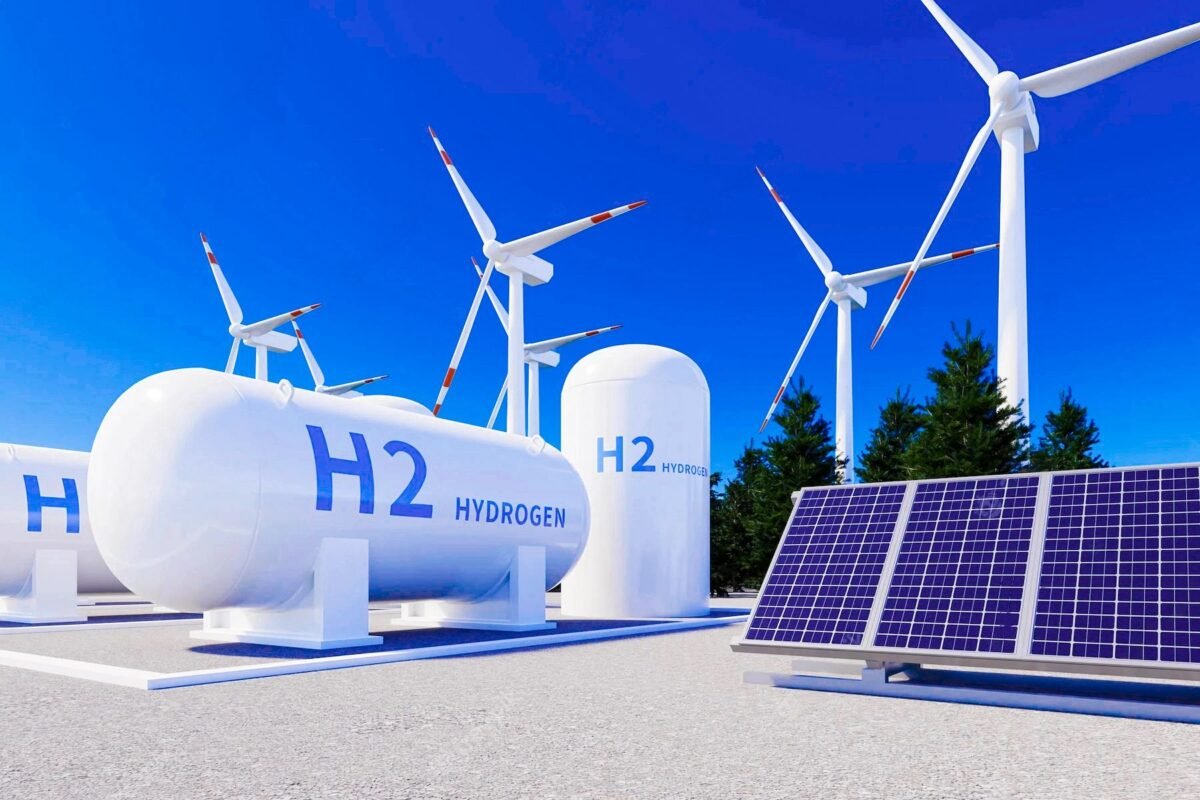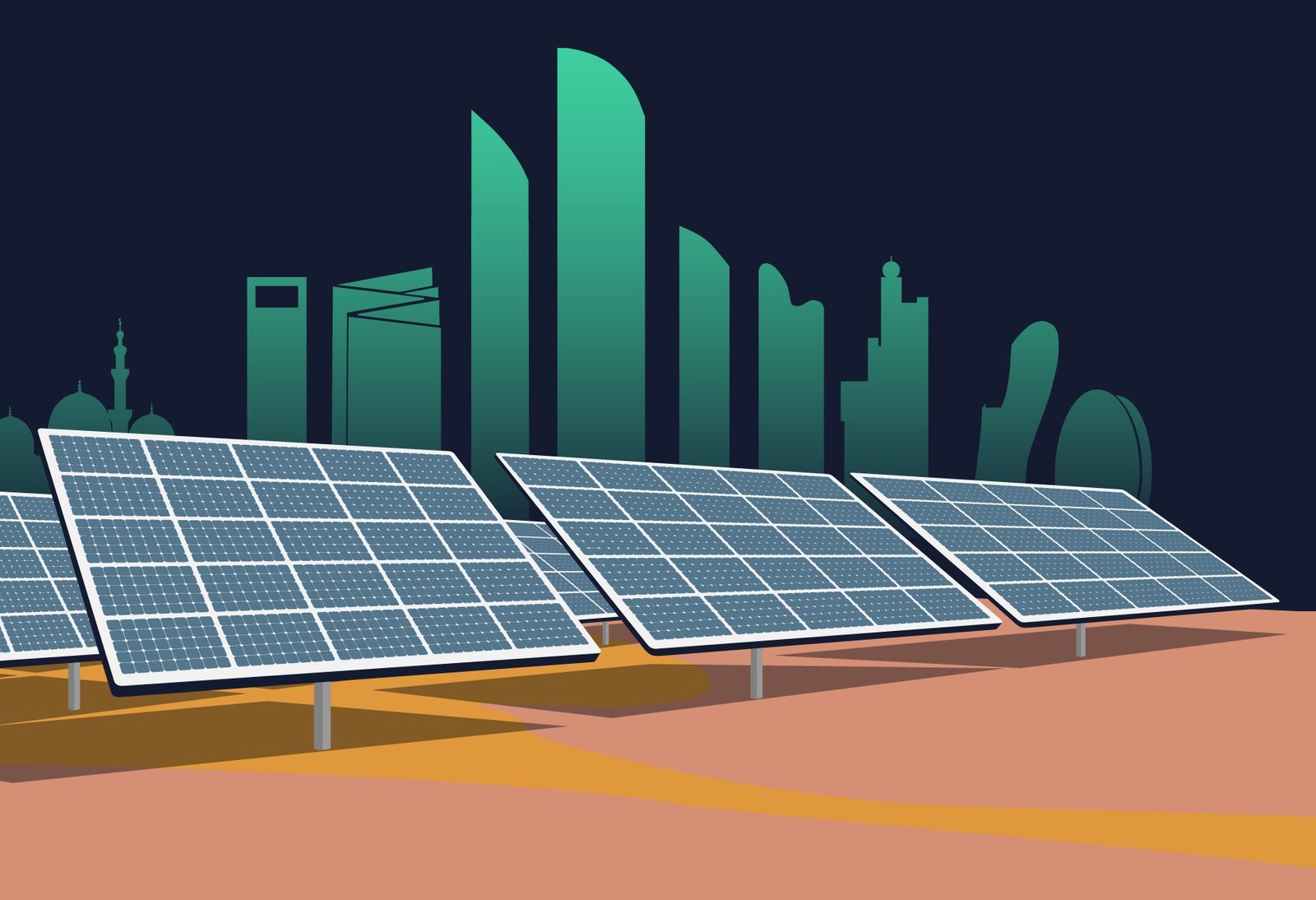In the past three years alone, over 60 green hydrogen projects across 16 African countries have been announced. With Morocco and Egypt, taking the lead, the projects have the potential to drastically reshape the continent’s energy landscape.
The projects require an estimated $160 billion in investment by 2030, an amount that exceeds the gross domestic product (GDP) of most African countries. At the same time, the projects range from a few megawatts (MW) to 20 gigawatts (GW), a remarkable ambition considering that no GW-scale hydrogen plants exist globally as of yet.
Globally, the installed capacity of electrolyzers, the technology used to produce hydrogen, stands at just 1.1 GW in 2023, with China leading recent growth by adding 400 MW from two projects.
Green hydrogen, produced by splitting water molecules using renewable electricity, offers a cleaner alternative to traditional, carbon-heavy energy sources. Africa, with its abundance of renewable energy resources, especially solar and wind, is widely considered a potential hub for green hydrogen production. The continent’s leapfrog into renewable technologies holds the promise of industrialisation and economic transformation.
A renewable hydrogen hub in the making
Africa’s green hydrogen potential has caught the attention of global investors and governments alike. Countries such as Morocco and Egypt aim to become major exporters of hydrogen, ammonia, and other hydrogen derivatives.
At the same time, they seek to develop a domestic hydrogen economy to spur industrial growth. This ambition is driven by the belief that Africa holds a unique advantage in low-cost, large-scale renewable hydrogen production.
However, this optimism must be contrasted with reality. To assess the current landscape, analysts have developed an African hydrogen project tracker to monitor progress across the continent.
The vast majority of these projects are still in the conceptual phase, far from reaching final investment decisions (FID). With only one project in Egypt considered operational as of late 2023, the gap between ambition and realisation remains wide.
The hydrogen production challenge
As it stands, Africa consumes around 3 million tonnes (Mt) of hydrogen annually, primarily in oil refining, steel production, and chemical manufacturing, making up 3% of global hydrogen consumption. However, none of this hydrogen is produced from clean sources, reflecting a global trend in which less than 0.1% of all hydrogen is generated using renewable energy.
The continent’s past experiences with renewable hydrogen, however, offer a glimmer of hope. In the mid-2000s, before being decommissioned, Zimbabwe and Egypt hosted two of the world’s largest renewable hydrogen facilities, producing over 35,000 metric tonnes annually using hydropower.
These projects had a combined electrolyzer capacity of 265 MW, a figure that dwarfs many modern efforts. Africa’s historical hydrogen production even outpaced the United States’ current electrolyzer capacity.
Renewable energy costs as the key variable
The main factor driving the cost of renewable hydrogen is the price of renewable electricity. Depending on the electrolyzer technology used, it takes 40 to 190 kilowatt-hours (kWh) of renewable electricity to produce one kilogram of hydrogen. This makes large-scale solar and wind installations a crucial element of Africa’s hydrogen economy.
If just 5% of the proposed hydrogen projects on the continent were realised, they would require an additional 13 GW of renewable energy, which is nearly equivalent to Africa’s current solar energy capacity.
However, large-scale renewable projects in Africa face major obstacles, including high upfront capital costs, inflationary pressures, and limited financing options. These challenges, which have stymied the growth of solar and wind power across the continent, are likely to affect hydrogen projects as well.
Green ammonia’s dual opportunity
Around 60% of industrially produced hydrogen is used to manufacture ammonia, which in turn is mainly utilised for nitrogen fertilizers. Ammonia production is one of the most carbon-intensive chemical processes, responsible for 1.4% of all global greenhouse gas emissions.
Producing ammonia requires vast amounts of natural gas, making it both a polluting and volatile industry due to fluctuations in natural gas prices, as seen during the Russian invasion of Ukraine in 2022.
Green ammonia, made using renewably produced hydrogen, offers a way to drastically reduce the carbon footprint of fertilizer production. While nitrogen fertilizers still emit greenhouse gases after field application, green ammonia can significantly lower emissions from the production process. This shift could also shield fertilizer producers from the volatility of fossil fuel markets.
For African countries, green ammonia represents a chance to tackle two pressing challenges: developing low-carbon fertilizers and tapping into a growing hydrogen export market. Many African nations underuse fertilizers in agriculture and rely heavily on imports, meaning a domestic green ammonia industry could boost food security and create economic opportunities.
Morocco, the continent’s largest producer and exporter of fertilizers, holds around 70% of the world’s phosphate rock reserves, a key ingredient in fertilizer production. The state-owned OCP Group is a global leader in this sector, supplying markets in Africa, the Americas, and Europe. However, Morocco imports about 1.8 million tonnes of ammonia annually, previously relying on Russia and Ukraine.
In 2022, OCP announced a $13 billion renewable energy plan, including $7 billion for a green ammonia plant. Set to begin operations in 2026, the facility will be powered by dedicated solar and wind energy, positioning Morocco as a leader in green ammonia production.
The export dilemma
Despite the excitement surrounding Africa’s hydrogen potential, 94% of the proposed projects remain in the planning stage, with no secured off-take agreements or FID. Most of these projects are geared toward exporting hydrogen or its derivatives, such as ammonia and sustainable fuels, to markets in Europe, Japan, and South Korea.
However, hydrogen exports face stiff competition from technologically advanced nations and cheaper alternatives, such as hydrogen produced from natural gas with carbon capture technology. The added costs of transportation, infrastructure, and geopolitical uncertainties further complicate Africa’s hydrogen export ambitions.
Many of the same challenges that plague natural gas exports from Africa to Europe are expected to arise with hydrogen, casting doubt on the viability of some projects.
A leap of faith for Africa
As wealthy nations invest billions into clean hydrogen research, production, and demand incentives, Africa’s role in this emerging market remains uncertain. Industrial sectors that cannot be easily electrified will need clean hydrogen to achieve net-zero emissions, but the cost of hydrogen must decrease significantly before it becomes competitive with existing fossil fuel sources.
Africa faces a delicate balancing act. Jumping into hydrogen production too early could lock countries into expensive and high-risk projects, while waiting too long may cause them to miss the opportunity to shape the emerging market.
African countries must also navigate the question of exports versus domestic use. While hydrogen exports can attract investment and secure off-take agreements, exporting raw materials often fails to create local jobs or industrial growth. Some importers may also prioritize domestic production, raising questions about the long-term sustainability of an export-focused hydrogen market.
Finally, Africa’s need for increased energy access complicates matters further. Renewable hydrogen projects should ideally support both local industrialisation and energy needs, rather than diverting resources away from the continent’s energy challenges.
Maximising the benefits of green hydrogen in Africa will require more than just technical know-how. It will demand industrial policies, international cooperation, and a deeper understanding of the continent’s political and economic realities.
If Africa can strike the right balance, it could play a central role in the global clean energy transition.






I am extremely inspired with your writing abilities as neatly as with the layout in your weblog. Is that this a paid theme or did you modify it your self? Anyway keep up the excellent quality writing, it is rare to look a great blog like this one these days!